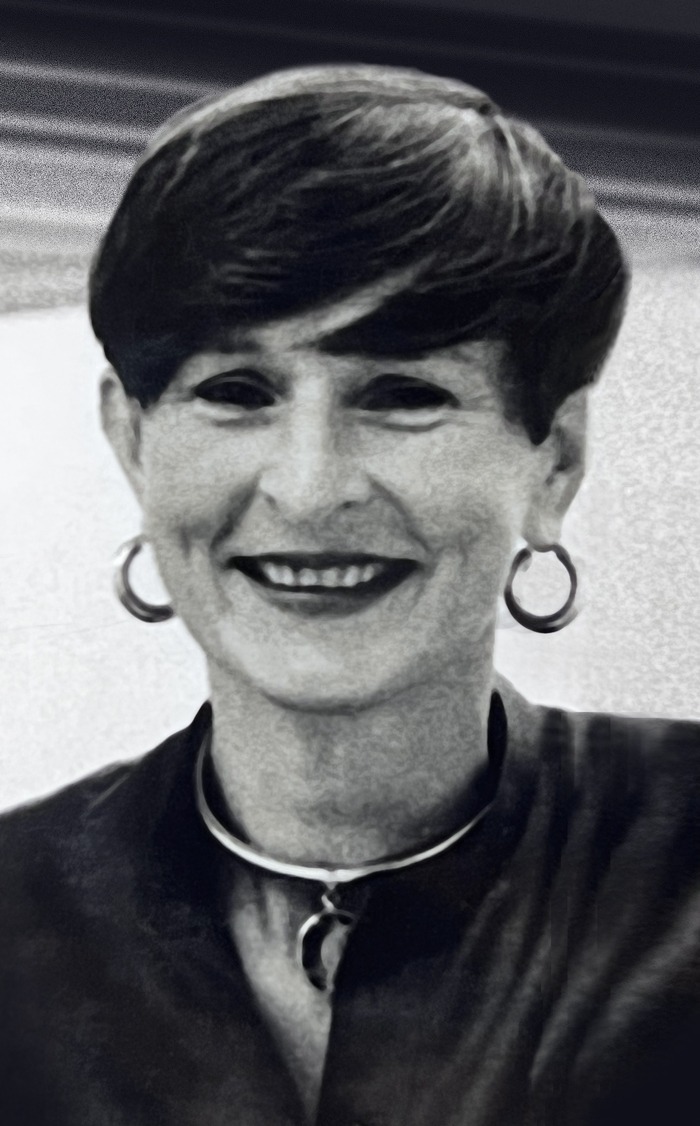
Yasmin Brandolini d’Adda was born in Cape Town (South Africa) in 1929 and died in Milano in 2012. In Milano, after a long interruption she started painting again in the early Seventies.
Her early paintings remained figurative, but already contain the code of that abstraction (materic, chromatic and sensual) which will later connote her work. The main subjects are landscapes and feminine nudes (in postures demonstrating the perfect harmony and circularity of the human body), and more in general all those shapes from nature which embed an abstractness. Her preferred techniques (etching, watercolous, collage) demanded speed and intuition and no second thoughts. She never used oil.
Gradually, her paintings underwent a process of internal depuration, which corresponded to a complex formal simplification. These range from the dark-tonalities collages (purples, browns) of the late Seventies under the name “Tombstones”, to the more decorative works of the early Eighties which betray hidden symmetries, all the way to the almost monochromatic veils and shades of violent colours of the late period (red, blue, yellow, pink and at times green egg temperae on hand-made large sheets of papers). In her vocabulary, iconic figures recur: breasts, egg, horizon lines, circles, spheres, arches, blades, moons, splashes.
Read more …
The site-specific installations which Yasmin Brandolini d’Adda produced in the Eigties and Nineties stand out as monumental and yet ephemeral compositions made up of loose sheets of paper celebrating the essence of fresco-painting. Prestigious renaissance locations got transformed by her vision: the Casa del Mantegna in Mantua, il Palazzo dei Diamanti in Ferrara, the Casa di Giorgione in Castelfranco Veneto, the Teatro Sociale in Bergamo, and finally the Fondazione Bevilacqua La Masa in Venice in 2001. On an opposite complementary register, she worked obsessively and repeatedly on the very small scale, producing precious notebooks, books and folders of engravings (often in collaboration with poets, music composers and writers), to be interpreted as breviaries or as journeys into the recesses of the human mind.
Renown critics commented on her work, such as Dino Buzzati, Gillo Dorfles, Flavio Caroli, Giuseppe Marchiori, Carlo Bertelli.
